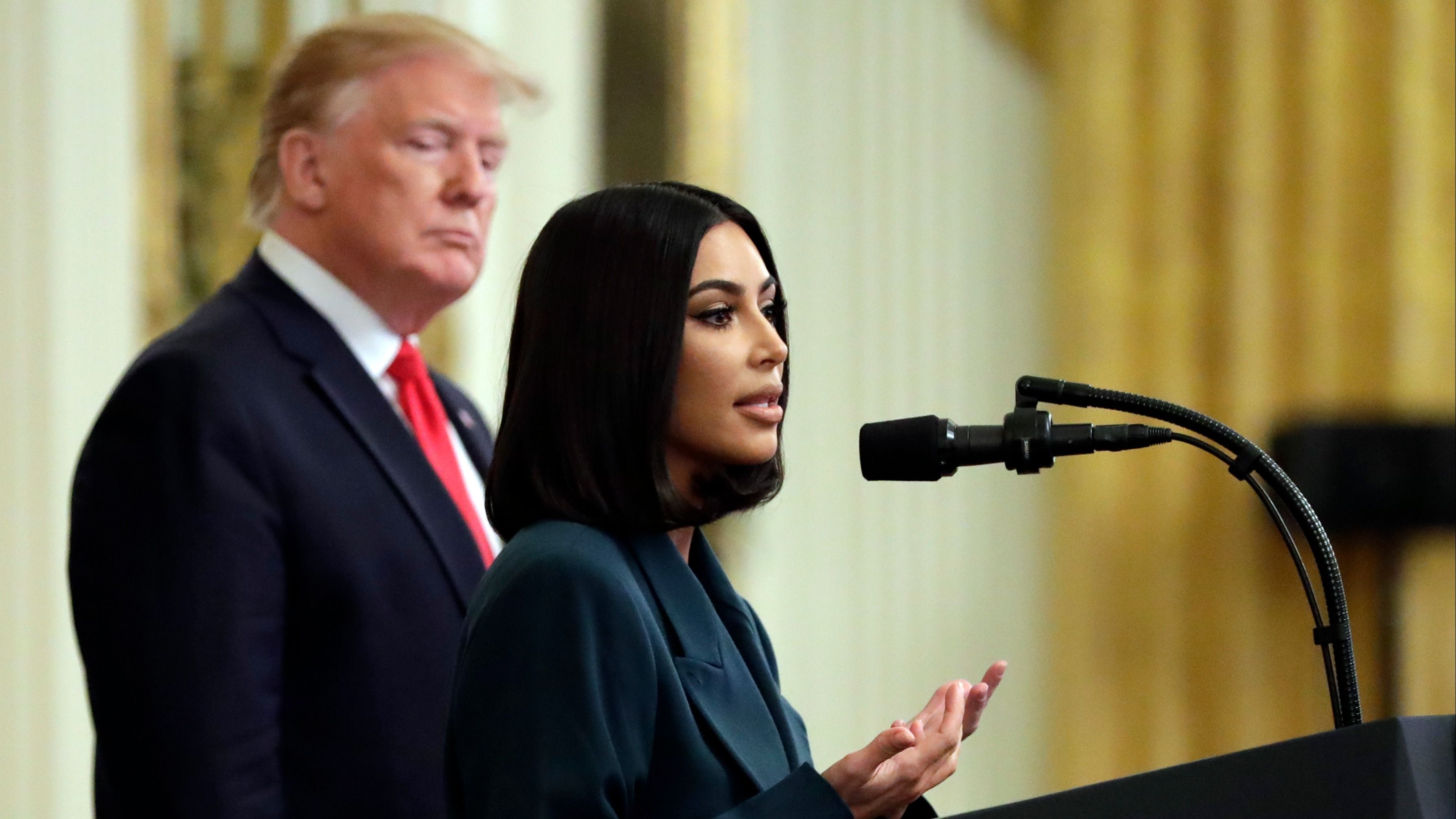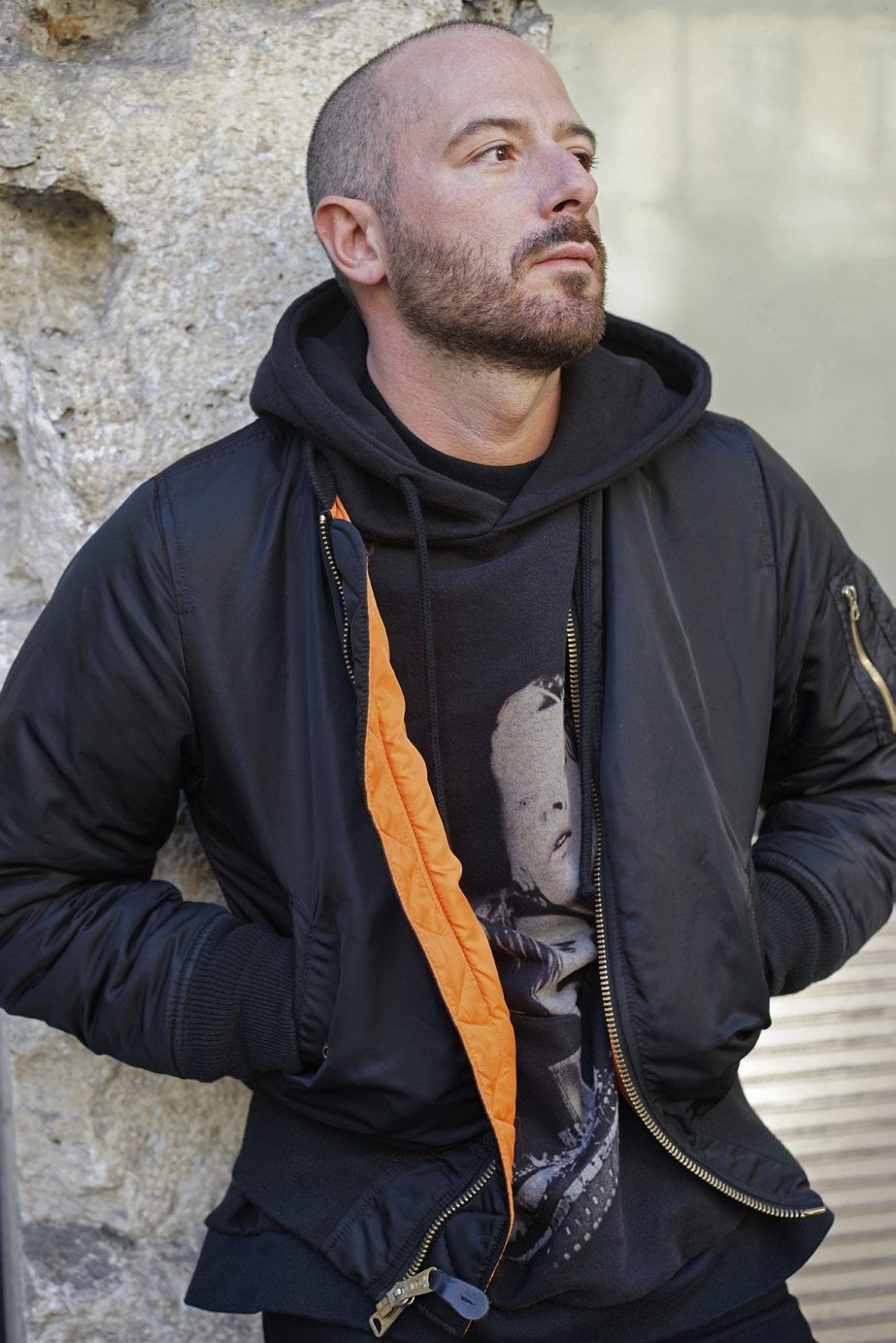REAL FAKES
|PHILIP MAUGHAN

Launched in 2018, Year Zero is an Istanbul-based platform for the examination of emerging global subcultures. The second issue of its bilingual publication, out now, surveyed the endangered underwater habitat of the Bosphorus, Palestine’s booming underground scene, and, in the excerpt below (which includes a video by No Text, and a series of images shot by Piotr Niepsuj and styled by Francesca Cefis), the fashion industry’s schizophrenic attitude towards the slippery concept of originality.
For Shanghai Fashion Week 2018, Gucci creative director Alessandro Michele joined Italian artist and curator Maurizio Cattelan to produce a show entitled The Artist Is Present, staged at the city’s Yuz Museum. The poster announcing the exhibition was a near-replica of the poster for Marina Abramović’s 2010 MoMA performance of the same name, only with the Gucci and Yuz trademarks pasted at the bottom. Inside the museum were reproductions of the Sistine Chapel, complete with Michelangelo frescoes, a set of bathroom stalls copied from the Council of the European Union in Brussels and a mock New York Times filled with stories about counterfeiting and clones.
The gestures were explained by Cattelan via semi-gnomic statements such as “we are staunch supporters of the idea that the copy is the original” and “truth is a matter of faith.” Discussions of originality have rattled loudly through art history, but more unusual was Gucci’s involvement, a global megabrand who released a line of real “fake” handbags, t-shirts and dresses in 2017 and 2018, acknowledging its popularity among counterfeiters, especially in China. In an accelerating, automated world where everything from Lamborghinis to human faces can be faked, perhaps fashion has overtaken art as an arena for questioning what’s real.
Bad Yeezys Drive Out Good
What is the purpose of counterfeit fashion? The global trade in fake clothing and accessories is a 1.7 trillion dollar industry – larger than the market for illegal drugs – an ouroboros of innovation and deceit in which dishonesty or willful unknowing are prerequisites for taking part. The American Pew Research Center estimates that by 2020 online counterfeit sales will hit 4 trillion dollars, enabled by a global infrastructure owned by big stacks like Amazon, Alibaba and now Instagram, who use platform legality loopholes and techniques such as “drop shipping” to plead ignorance. In May 2019, ghostdata.io found that a fifth of Instagram posts featuring fashion products showed fakes and that the proportion was rising. Consider that as much as two-thirds of Internet traffic is thought to be driven by bots (in the last year Facebook has deleted 3 billion bogus accounts) and we find ourselves in a virtual plaza surrounded by undead shoppers where none of the products are real. In economics, Gresham’s Law states that “bad money drives out good,” referring to the decreasing quality of commodity coins made from precious metals. The same is true for Yeezys, and the response from governments and brands has been confusing.
In March 2017, Donald Trump passed an executive order to try and halt imports of counterfeits from China, source of 80 percent of the world’s fake goods, 60–80 percent of which are consumed in the US. The circle of counterfeiting is a material mise en abyme with its own contradictions wired in. How can the US condemn the loss of billions in earnings while giving tax breaks, legal exceptions and government contracts to Amazon, whose Marketplace enables them? At the same time, how can Louis Vuitton, a company with 250 dedicated anti-counterfeit agents that stages thousands of raids each year employ a menswear artistic director who rose to fame on a platform not of creation but curation, of bootlegging, logo-flipping, remixing and signal manipulation? Something doesn’t add up. There’s a similar logic playing out in music where the EU is determined to pass a law requiring attribution and licensing of all samples – no matter how modified – despite the fact unregulated sample culture has fueled the majority of musical innovation from hip hop to mashups to vaporwave from the early 1980s to today.


Real Fakes
The ancient Greek historian Plutarch first recorded the paradox of the Ship of Theseus, a boat that had every part replaced, prompting observers to ask if it was still the same boat. In Putian, China, sneakers are produced in factories to perfectly imitate their authentic counterparts, assembled just a few minutes’ walk away in the same city. Bangkok boasts a Museum of Counterfeit Goods run by the law firm Tilleke & Gibbins – specialists in intellectual property law – where originals and imitations sit side by side for visitors to inspect. Art is a marketplace obsessed with truth. It’s the reason institutions like Sotheby’s and Christie’s invest so heavily in expert authentication, and how a case like the Salvator Mundi, the most expensive artwork ever brought to auction, can spiral out of control. Fashion operates at a greater velocity, with millions of transactions fluctuating according to trends that act like memes. It’s why Virgil Abloh praised counterfeiting as “the best feedback” in 2017, and why brands like Gucci flirt with bootleg culture while officially condemning it. Fashion may have once sought the exclusivity and authenticity of artworks, but it now seeks the signal-boosting amplification that comes from becoming a meme.
More than concerns about illegality, both brands and the media tend to speak about counterfeiting in terms of poor quality, safety hazards, and the flow of black market money into terrorism and crime. In a post entitled “Whether you’re unaware or don’t care, counterfeit goods pose a serious threat,” the Guardian reported on slime toys that contain unsafe levels of boron, causing vomiting and fertility damage, and that “in 2015, a fake NutriBullet blender exploded in safety tests after just four seconds.” But perhaps the greater shock comes from realizing that what we thought was real is in fact an illusion (the 2013 European meat scandal in which cheap beef turned out to be horse was the perfect illustration of this effect).
Social media requires us to constantly engage in the work of personality construction – we’re all aware of the truth beneath it, yet we perpetuate the charade. Throughout the 2010s, simulated spaces – rustic, inner-city farmers’ markets, for example – spread across the developed world. Brands led from boardrooms sought to associate themselves with the credibility of streetwear, although those that succeeded managed to retain a story of heritage (think Supreme, Levi’s) without having to hide the mass appeal of their products. It’s unnerving to realize such a huge proportion of the commodities we encounter are fake – zombie products in a simulated world. But what if the sometimes poor condition of these products reveals the poor conditions of regular production? Enormous attention has been paid to the places where fakes are made – see the many Vice and Highsnobiety YouTube videos on counterfeit culture – racking up way more views than the latest series about Parisian couture. More importantly, they allow us inside a factory, housed somewhere at the intersection of cheap labor and production cost, a visible near-copy that stands in for the invisible, official site. Counterfeiting is a shadow industry that casts light back, revealing the reality of fakes, but also of the genuine product. Maybe a fake Chanel cardigan is the red pill that helps us see reality, a logic of self-exposure built into the most polluting, libidinal, carnivorous industry on Earth. It’s part of why Klevin Clein and Superme jawns are such a source of fascination. It’s the unfinished stitch or the misspelled monogram that makes counterfeits real.




Credits
- TEXT: PHILIP MAUGHAN
- PHOTOGRAPHY: PIOTR NIEPSUJ
- STYLING: FRANCESCA CEFIS
- VIDEO: NO TEXT
- :

